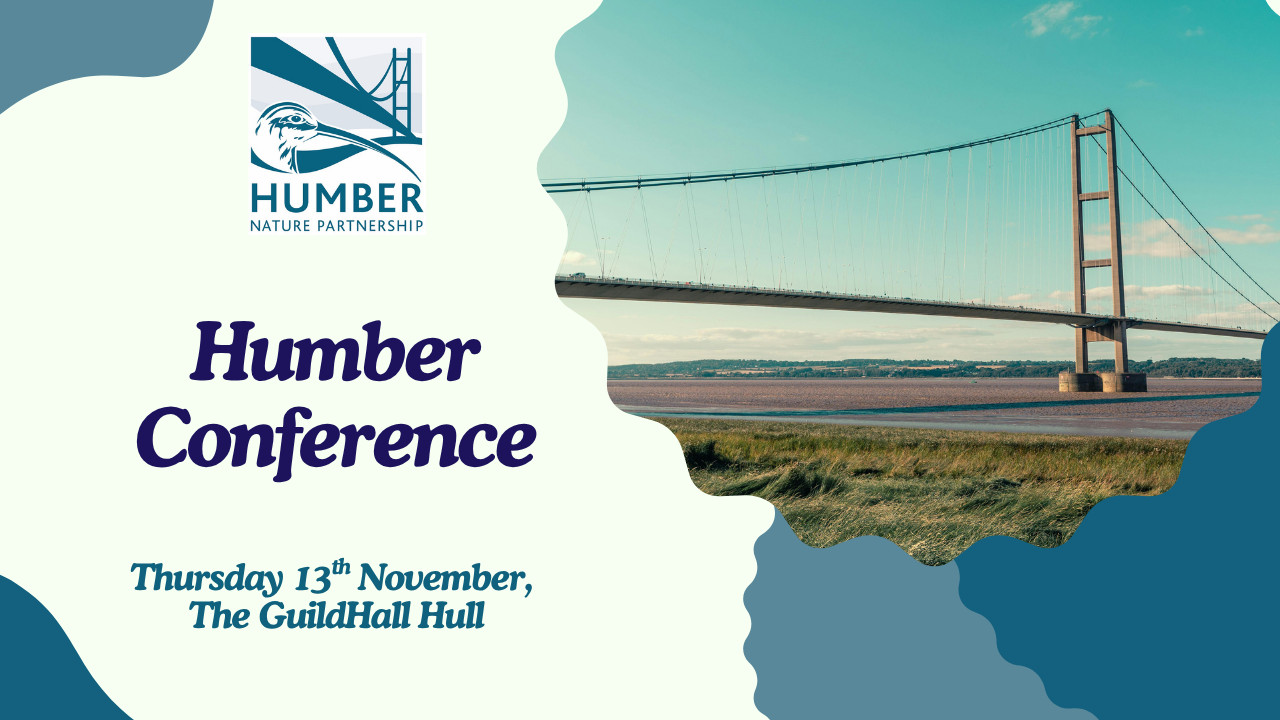10 May
World Migratory Bird Day 2025 (Spring)
Wildlife
World Migratory Bird Day 2025 aims to highlight the importance of humans and birds coexisting by focusing on creating bird-friendly communities and cities. Birds face challenges from human activities and urban development, but by promoting conservation and creating bird-safe habitats within our urban environments, both humans and birds will benefit from better green spaces. We can start by planting native flowers in our gardens and cities, and can include more green and blue spaces in planning. This will help create healthier spaces with more wildlife, whilst providing a refuge for migrating birds.
KEY MESSAGES:
Both in the city and the countryside, all communities can support migratory birds by adopting bird-friendly practices. This can involve reducing pollution, providing food for birds, and working on anti-collision measures.
Urban expansion can lead to habitat loss if not well planned, and cause a decline in areas where birds can feed, nest, and find shelter, which can impact the survival of migratory birds.
Non-native species like domestic cats and non-native plants can disrupt ecosystems, which can lead to predation on birds or lead to competition for food and habitats from introduced species.
Fatal collisions with buildings and glass are made worse by light pollution in cities, reflections, and building designs that lack clear frames. Poor weather conditions including rain and fog can also affect birds' ability to see building structures, increasing the risk of collision.
Working together we can improve the safety of our cities and communities for birds. We can offer proper education on migratory birds to schools, local organisations and neighbourhoods. This knowledge and collaboration can be used to help create and restore vital habitats for these birds.
Sustainable city planning helps keep species connected. We need to connect green and blue spaces, providing birds with safe travel spaces, supporting important habitats where migratory birds nest, rest and find food. We need to improve existing city designs, while designing improved urban environments for future development.
Global cooperation and collaboration are essential. We need to work together internationally to create safe stopover spots on migratory bird routes - migratory paths cross countries, borders and multiple ecosystems from remote mountains, arid desserts, to seas and cities.
We need to bring nature back into our cities and communities. We need to consider ways to reduce the impacts of human activities and artificial landscapes. This will benefit all life on earth, including us.
We all have a part to play in supporting migratory birds! You can start small by reducing pesticides at home, or work with policymakers if it's part of your job! But we can all get involved and promote the importance of bird conservation.
Learn more about World Migratory Bird Day here.
CT


